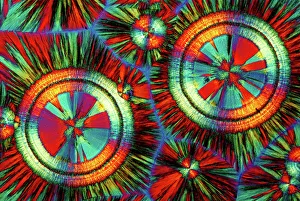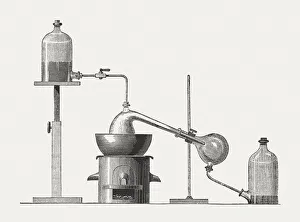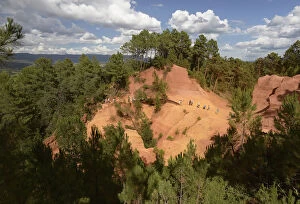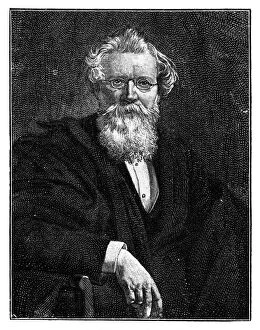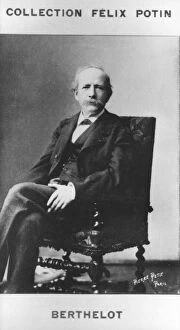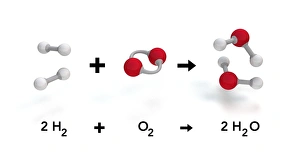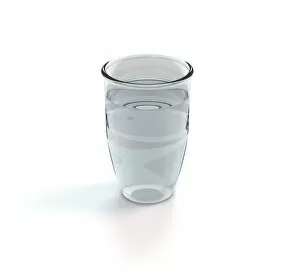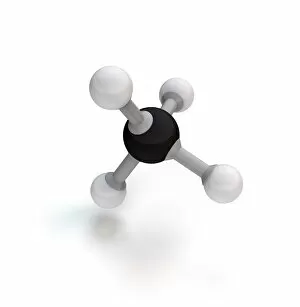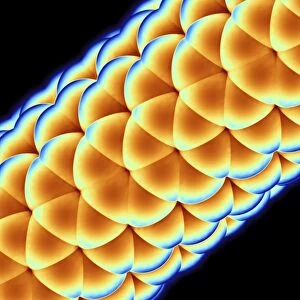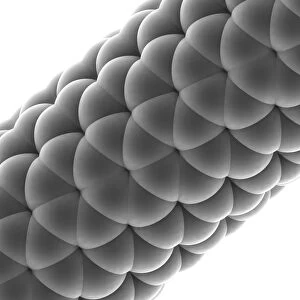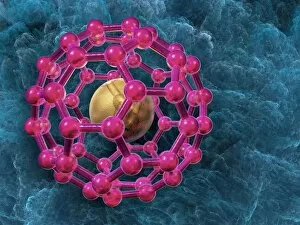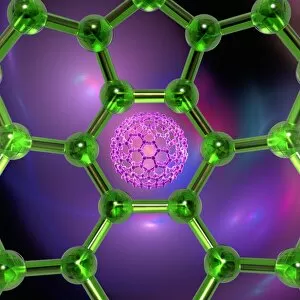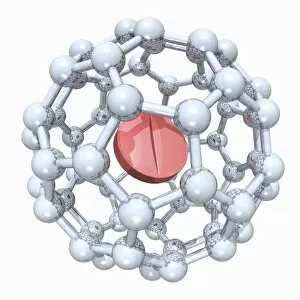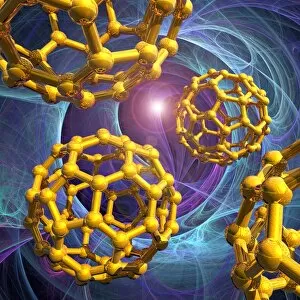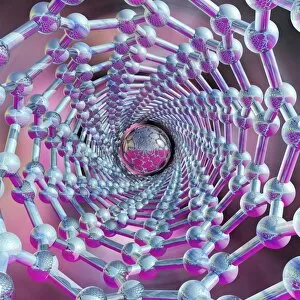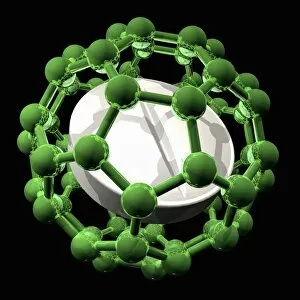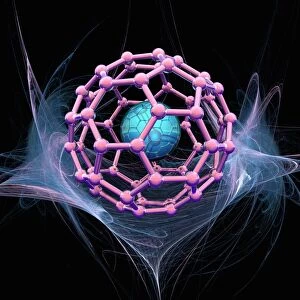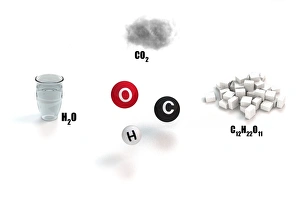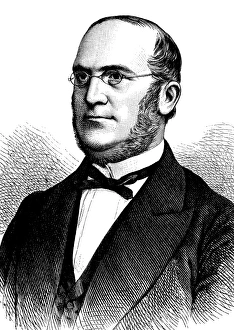Organic Chemistry Collection
"Exploring the Fascinating World of Organic Chemistry: From EDTA Crystals to Light Micrographs" Organic chemistry
All Professionally Made to Order for Quick Shipping
"Exploring the Fascinating World of Organic Chemistry: From EDTA Crystals to Light Micrographs" Organic chemistry, a captivating field that delves into the intricate world of carbon-based compounds, has been a subject of fascination for scientists and artists alike. The journey begins with mesmerizing EDTA crystals, their geometric beauty captured in stunning light micrographs. In 1880, a wood engraving depicted the meticulous preparation of diethyl ether, showcasing the dedication and precision required in this scientific realm. Nikolay Zelinsky, an enigmatic Soviet Moldavian chemist immortalized in a black-and-white photograph, contributed significantly to organic chemistry's advancement. Across Europe's artistic landscapes, clay sculptures emerged as symbolic representations of organic chemistry's essence. Jean-Etienne Astier's horizontal masterpiece in Luberon showcased ochre hues reminiscent of nature's organic wonders. French chemist Michel Eugene Chevreul made groundbreaking discoveries in 1891 while Marcellin Berthelot not only excelled as an organic chemist but also ventured into politics during the early 1900s. German scientist August Wilhelm von Hofmann left an indelible mark on organic chemistry during the late 19th century. The Dunkirk refinery witnessed a laboratory worker delicately holding a separating funnel filled with oil during France's industrial boom in the 1950s—a testament to how practical applications intertwine with theoretical knowledge. Pierre Eugene Marcellin Berthelot himself was not only renowned for his contributions to organic chemistry but also became an inspiration for artists like Pierre Petit who captured his brilliance through portraiture around c1885. Jean Baptiste Andre Dumas' legacy as a French organic chemist from 1873 continues to inspire generations today. Friedrich August Kekule von Stradonitz stood tall among German counterparts during c1885—his work shaping our understanding of chemical structures.

